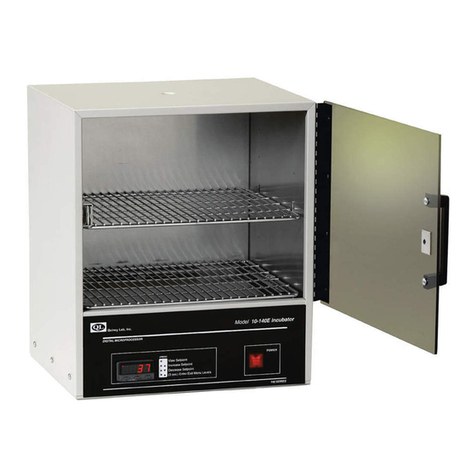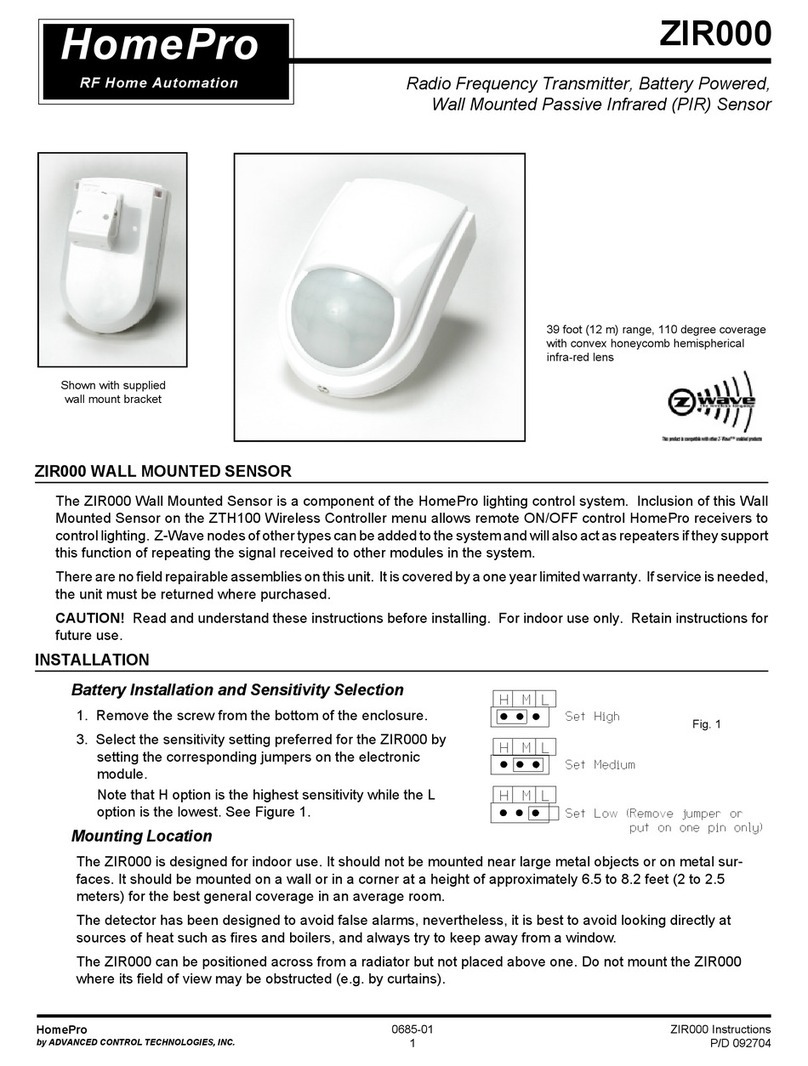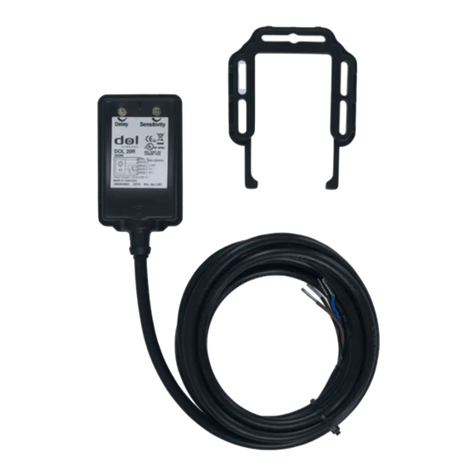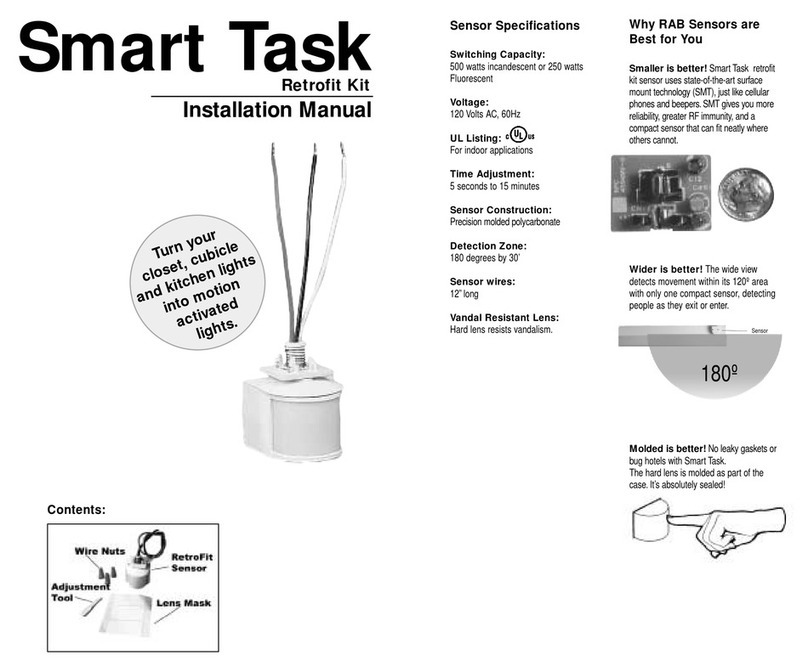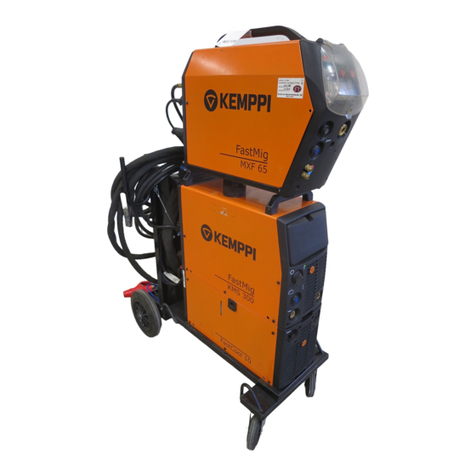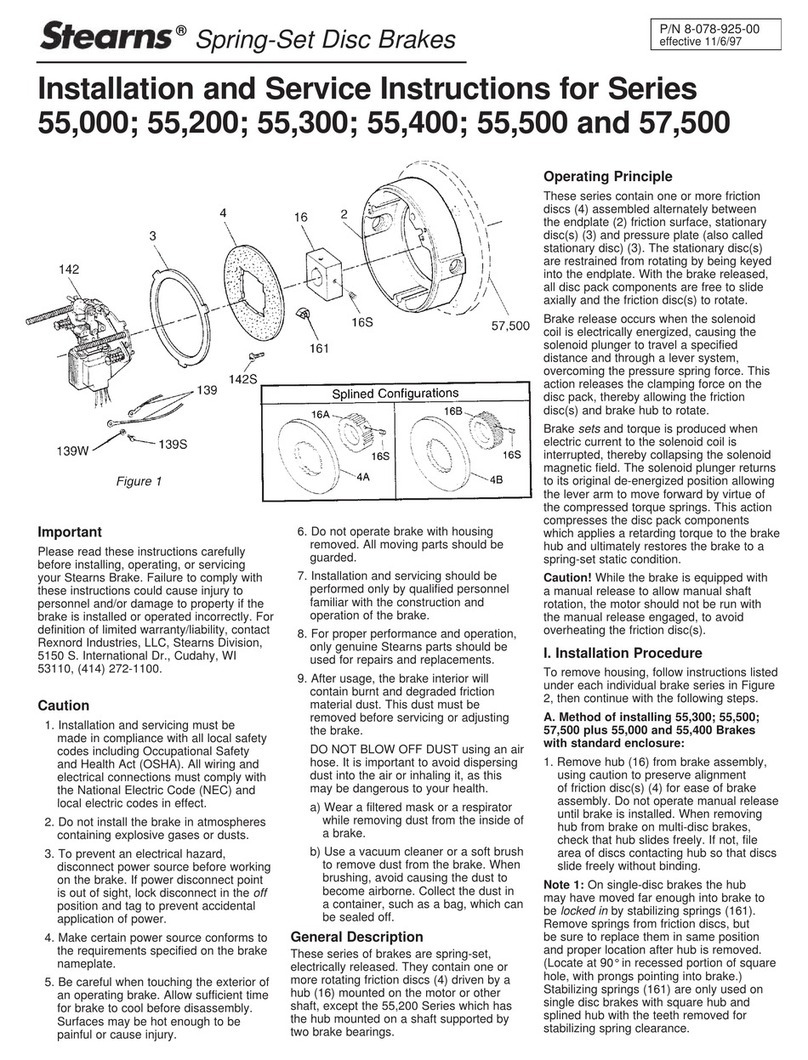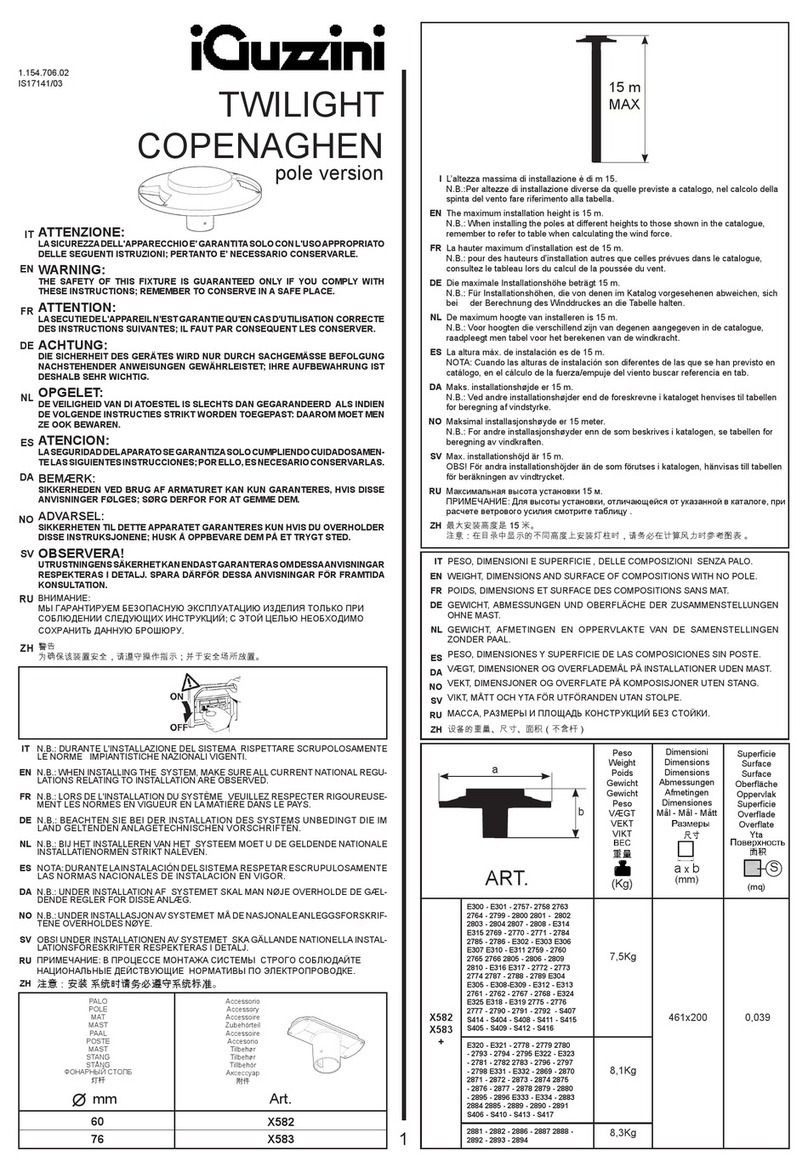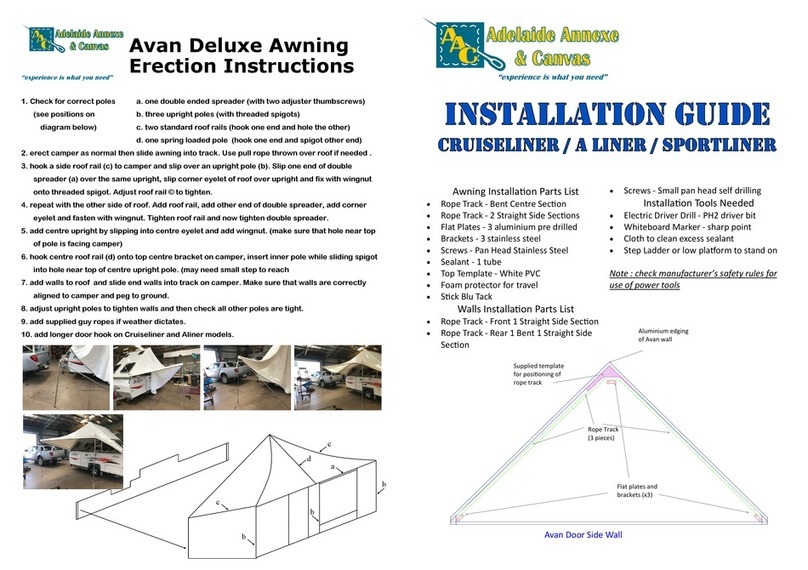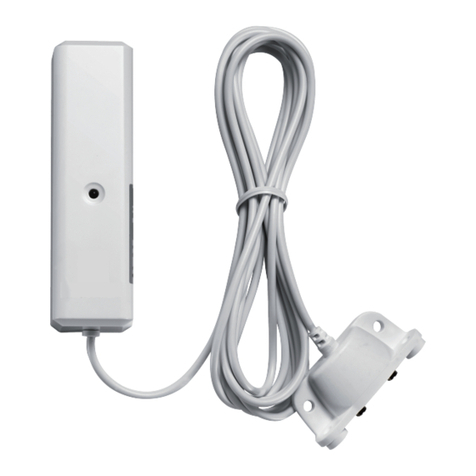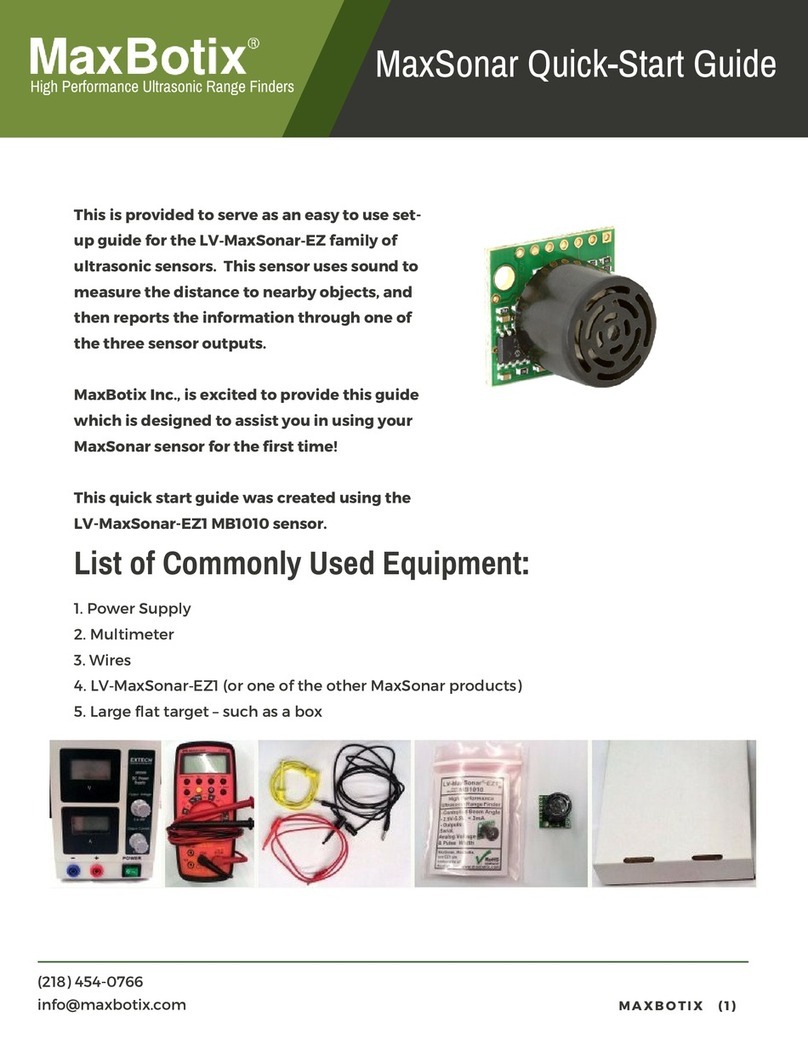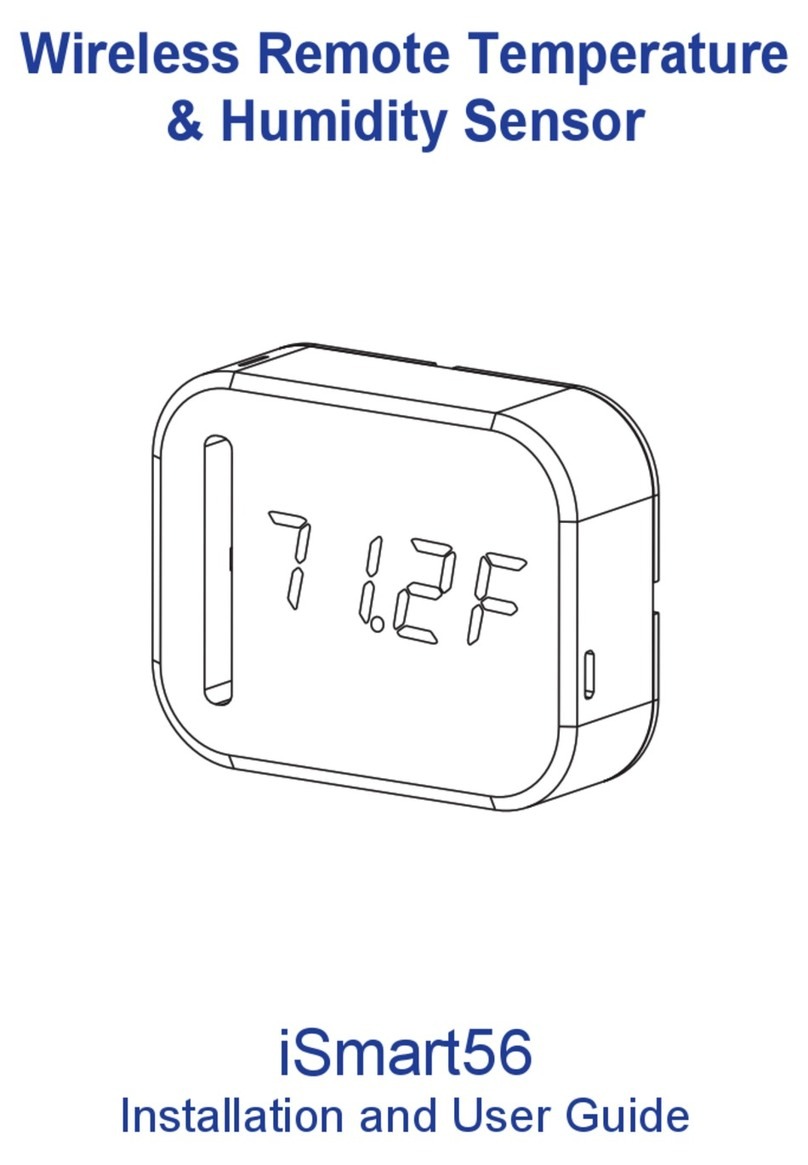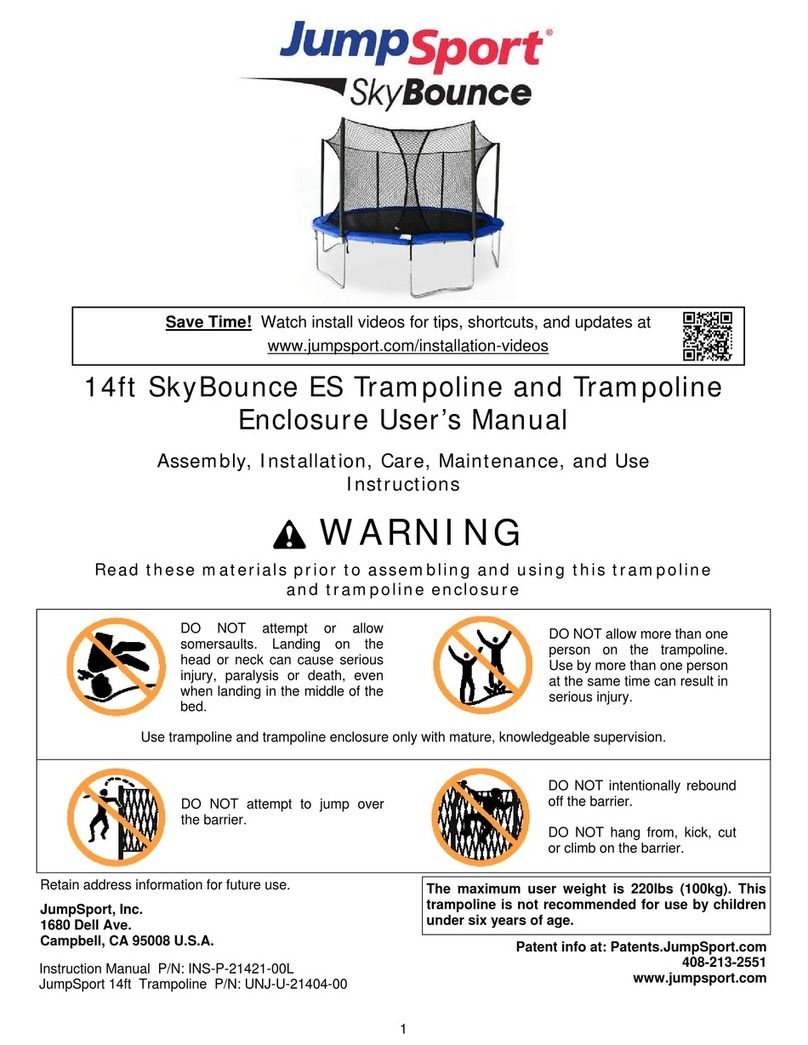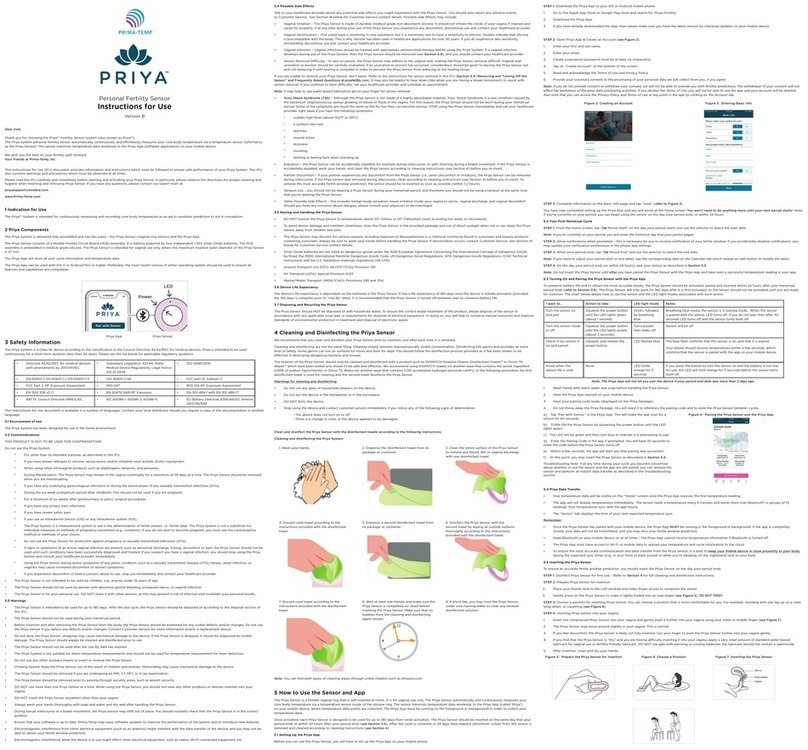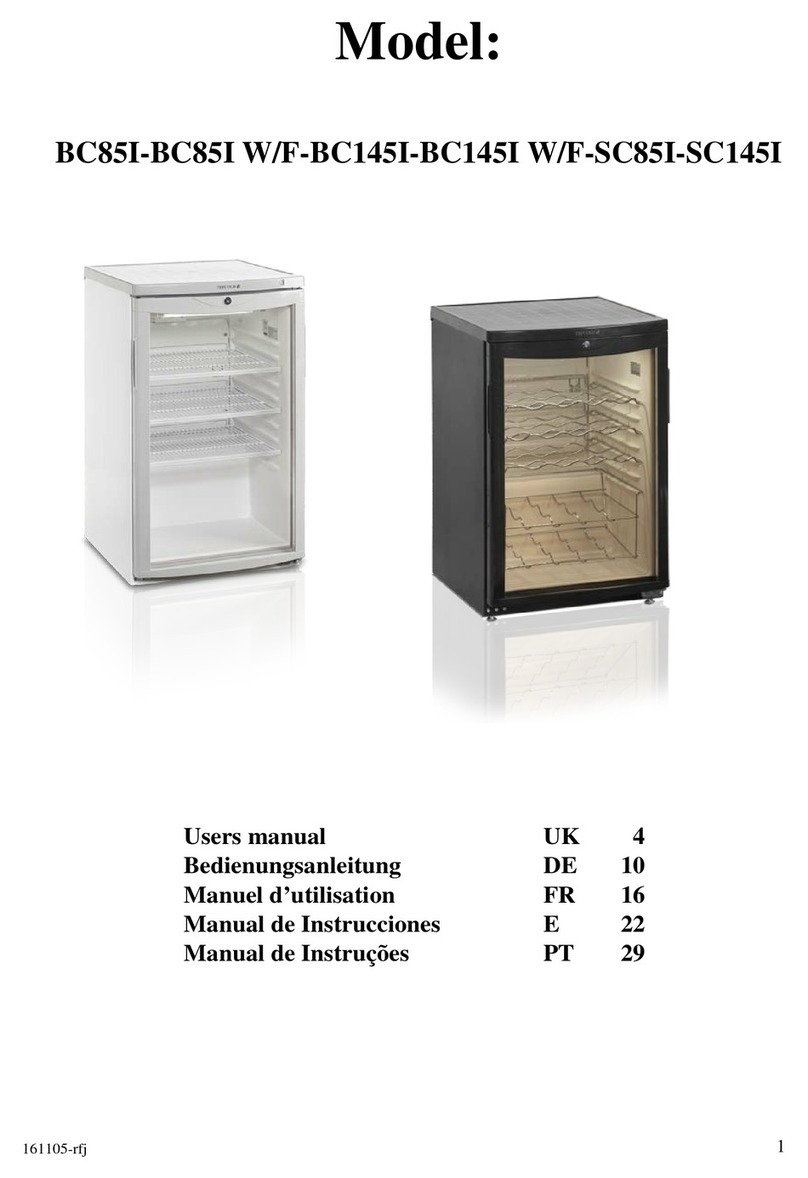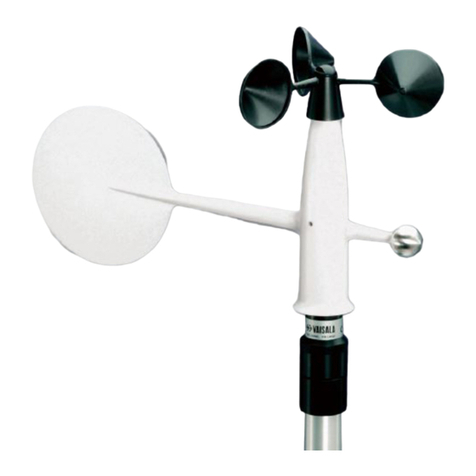XXXXXEVBUM
PRE-PUBLICATION COPY - NOT FOR DISTRIBUTION TO CUSTOMERS - PROPRIETARY
IMPORTANT SAFETY INSTRUCTIONS
To reduce the risk of bodily injury, electrical shock, fire, and damage to the equipment observe the following precautions:
1. READ these instructions.
2. KEEP these instructions.
3. PAY ATTENTION to all warnings.
4. FOLLOW all instructions.
5. DO NOT use this apparatus near water.
6. CLEAN ONLY with dry cloth.
7. DO NOT block any ventilation openings.
Allow sufficient distances for adequate ventilation and install in accordance with the manufacturer’s instructions.
8. DO NOT install near any heat sources such as open flames, radiators, heat registers, stoves, or other apparatus (including
amplifiers) that produce heat.
Do not place any open flame sources on the product.
9. DO NOT defeat the safety purpose of the polarized or grounding type plug.
A polarized plug has two blades with one wider than the other.
A grounding type plug has two blades and a third grounding prong.
The wider blade or the third-prong is provided for your safety.
If the provided plug does not fit into your outlet,
consult an electrician for replacement of the obsolete outlet.
10. PROTECT the power cord from being walked on or pinched, particularly at plugs, convenience receptacles, and the
point where they exit from the apparatus.
11. ONLY USE attachments/accessories specified by the manufacturer.
12. UNPLUG this apparatus during lightning storms or when unused for long periods of time.
13. REFER all servicing to qualified service personnel.
Servicing is required when the apparatus has been damaged in any way, such as power supply cord or plug is damaged,
liquid has been spilled or objects have fallen into the apparatus, the apparatus has been exposed to rain or moisture, does not
operate normally, or has been dropped.
14. DO NOT expose the apparatus to dripping and splashing.
DO NOT put objects filled with liquids, such as vases, on the apparatus.
15. The MAINS plug or an appliance coupler shall remain readily operable.
16. The airborne noise of the Apparatus does not exceed 0dB (A).
17. Apparatus with CLASS I construction shall be connected to a MAINS socket outlet
with a protective earth connection.
18. To reduce the risk of fire or electric shock, do not expose this apparatus to rain or moisture.
19. Do not attempt to modify this product.
Doing so could result in personal injury and/or product failure.
20. Operate this product within its specified operating temperature range.
21. Protecting Against Electrostatic Discharge
Static electricity can harm delicate components inside the system.
To prevent static damage, discharge static electricity from your body
before touching any of the electronic components, such as SMA Antenna, USB and Ethernet connectors. This can be done
by periodically touching an unpainted metal surface on the chassis.
The following steps can also be taken prevent damage from electrostatic discharge (ESD):
21.1. When unpacking a static-sensitive component from its shipping carton,
do not remove the component from the antistatic packing material
until ready to install the component in the system.
Just before unwrapping the antistatic packaging,
be sure to discharge static electricity from your body.
21.2. When transporting a sensitive component,
first place it in an antistatic container or packaging.
21.3. Handle all sensitive components in a static-safe area.
If possible, use antistatic floor pads, workbench pads and an antistatic grounding strap.
22. Equipment intended for installation in Restricted Access Location
WARNING:
No user-serviceable parts inside.

